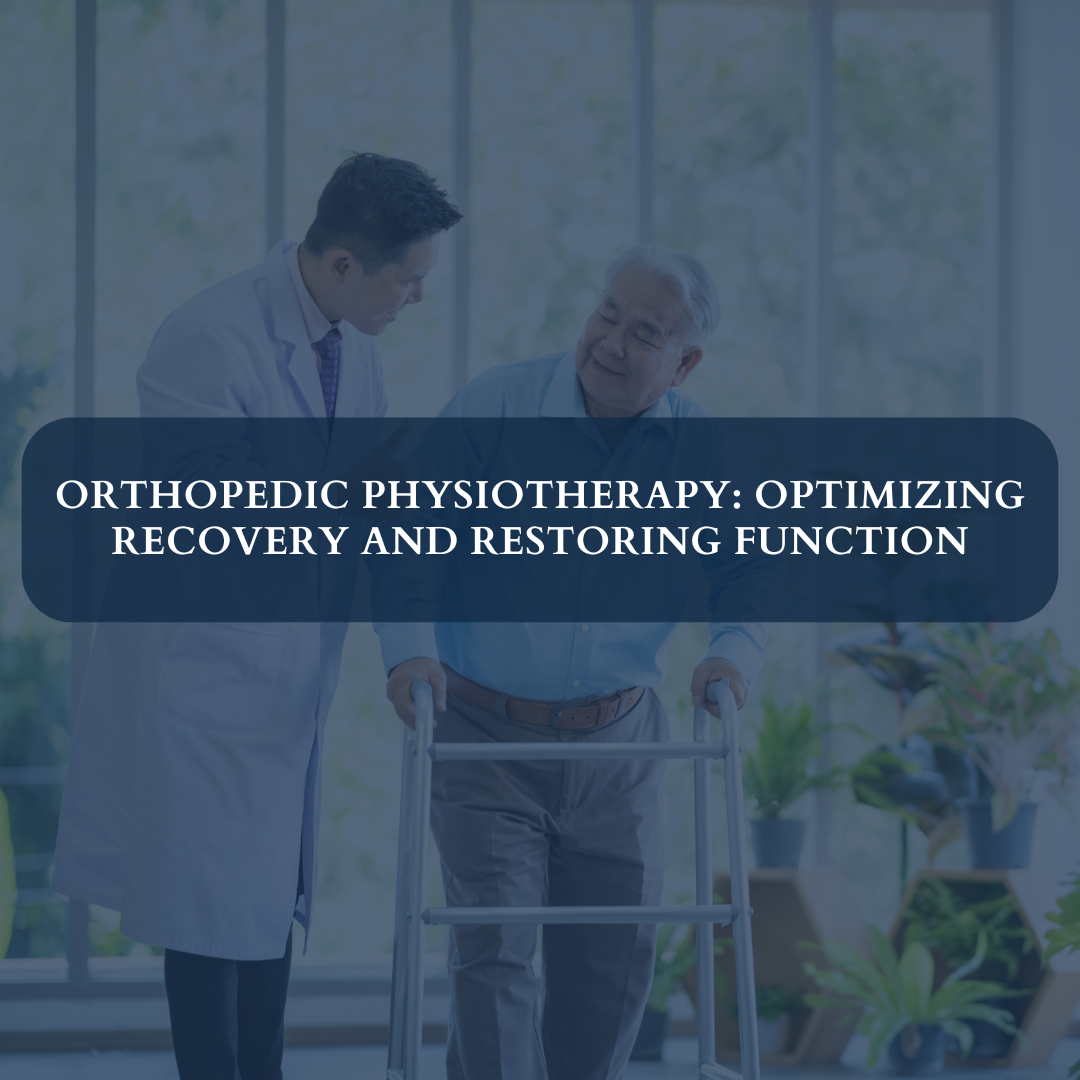Physiotherapy is a vital field of healthcare that focuses on restoring and enhancing movement, function, and overall quality of life through physical interventions. Despite its significance, various myths and misconceptions often surround physiotherapy. This article aims to decode some common myths and present the facts, shedding light on the true value of physiotherapy.
Myth 1: Physiotherapy is Only for Post-Surgery Rehabilitation
Fact: While physiotherapy is commonly associated with post-surgery recovery, its scope extends far beyond that. Physiotherapists play a crucial role in preventing injuries, managing chronic conditions, and improving overall mobility. From treating sports injuries and chronic pain to helping with conditions like arthritis and neurological disorders, physiotherapy is a versatile field. It helps individuals of all ages and activity levels maintain optimal physical function and prevent future issues.
Myth 2: Physiotherapy is Painful
Fact: Physiotherapy is often misunderstood as a painful process. While it is true that some therapeutic techniques might cause temporary discomfort, the goal of physiotherapy is to alleviate pain and improve function. Physiotherapists tailor treatments to each patient’s needs, ensuring that the interventions are effective yet comfortable. Techniques such as manual therapy, exercise, and modalities like heat or ice are used to manage pain and enhance recovery in a controlled and patient-centric manner.
Myth 3: Physiotherapy is Only About Exercises
Fact: Although exercises are a fundamental part of physiotherapy, the field encompasses a wide range of techniques and approaches. Physiotherapists utilize various modalities, including manual therapy, electrical stimulation, ultrasound, and heat or cold therapy, to address different aspects of physical health. Additionally, physiotherapists provide education on posture, ergonomics, and self-management strategies, helping patients understand how to prevent and manage their conditions effectively.
Myth 4: Physiotherapy is Only Necessary After an Injury
Fact: Physiotherapy is not only reactive but also proactive. It is instrumental in injury prevention and health promotion. For instance, athletes often engage in physiotherapy to enhance their performance and reduce the risk of injuries. Similarly, individuals with sedentary lifestyles or poor posture can benefit from physiotherapy to improve their physical function and prevent potential issues. Regular physiotherapy sessions can contribute to better overall health and well-being.
Myth 5: Physiotherapists Are Not Medical Professionals
Fact: Physiotherapists are highly trained and qualified healthcare professionals. They undergo rigorous education and training, often including a bachelor’s or master’s degree in physiotherapy, and many also obtain additional certifications or specializations. They are skilled in assessing, diagnosing, and treating various physical conditions. Physiotherapists work closely with other healthcare providers, including doctors and specialists, to ensure comprehensive care for their patients.
Myth 6: Physiotherapy Takes a Long Time to Show Results
Fact: The timeline for seeing results from physiotherapy varies depending on the condition being treated, the patient’s overall health, and their adherence to the prescribed treatment plan. Some patients may experience improvements quickly, while others may require more time. Physiotherapy aims to achieve long-term benefits by addressing the root causes of issues and promoting sustainable recovery. Regular communication with the physiotherapist and consistent participation in the prescribed treatment can accelerate progress.
Myth 7: Physiotherapy is Only for Older Adults
Fact: Physiotherapy is beneficial for individuals of all ages. While it is true that older adults may seek physiotherapy for age-related conditions like arthritis or balance issues, children, adolescents, and younger adults also benefit from physiotherapy. For instance, children with developmental delays, athletes with sports injuries, and individuals recovering from surgery or managing chronic conditions all can gain from physiotherapy interventions.
Myth 8: You Can Skip Physiotherapy If You’re Feeling Better
Fact: It’s common for patients to feel better and assume that they no longer need physiotherapy. However, skipping prescribed physiotherapy can lead to incomplete recovery or recurrence of the condition. Physiotherapists design treatment plans to address not only the symptoms but also the underlying issues. Completing the full course of physiotherapy ensures that the problem is fully resolved and helps in preventing future complications.
Myth 9: Physiotherapy is Only for Musculoskeletal Problems
Fact: While musculoskeletal issues are a significant focus of physiotherapy, the field also addresses various other health concerns. Physiotherapists are trained to manage neurological conditions (like stroke or Parkinson’s disease), cardiovascular issues (such as post-heart attack rehabilitation), and respiratory conditions (like chronic obstructive pulmonary disease). Physiotherapy is a multidisciplinary field that encompasses a broad range of therapeutic approaches.
Myth 10: Physiotherapy Requires a Referral from a Doctor
Fact: In many regions, patients can access physiotherapy services without a referral from a doctor. Direct access allows individuals to seek physiotherapy care for musculoskeletal issues and certain other conditions on their own. However, in some cases, particularly for complex conditions or when additional medical input is required, a referral from a doctor may be necessary. Physiotherapists often collaborate with doctors to ensure comprehensive care.
Conclusion
Understanding the realities of physiotherapy helps dispel common myths and highlights the true value of this healthcare discipline. Physiotherapy is a diverse field that offers significant benefits for a wide range of conditions, promotes injury prevention, and enhances overall quality of life. By addressing misconceptions and embracing the facts, individuals can make informed decisions about incorporating physiotherapy into their healthcare routines and ultimately achieve better health outcomes.





